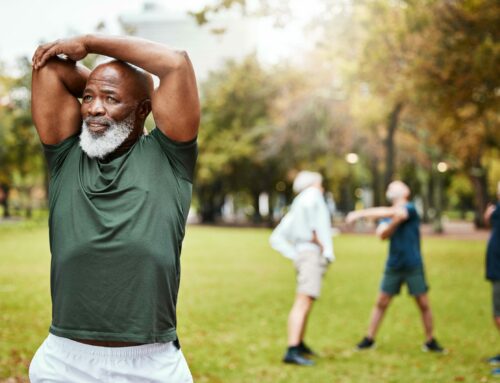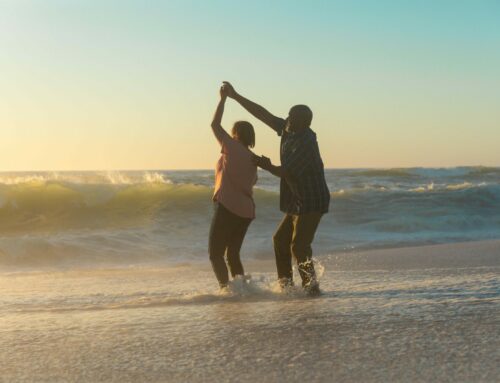Exercising every day may sound like a lot, but this can be achieved through the simple act of walking. A daily stroll not only gives your health a boost, but it can also give you the energy you need to take on your day.
Let’s take a quick look at why daily walking is so important for seniors, as well as any tips or techniques to make your time outdoors even more enjoyable.
The Health Benefits
Research has shown that people who exercise regularly, along with having better cardiovascular health and better protection against illnesses and injury, actually live longer than those who don’t.
Staying active has been linked to increasing the lifespan of patients with heart disease, the leading cause of death for both men and women in the United States. Patients affected by heart disease who exercised regularly not only lived longer than their counterparts, but they also had fewer heart attacks.
Beyond heart disease, regular physical activity provides several health benefits, including lower blood pressure, decreased “bad” cholesterol, improved blood sugar, reduced feelings of stress, improved sleep quality, and regulated body weight.
Walking is also an immunity booster, giving your body the means to fight off possible inflammation and infections. It’s also great for strengthening bone mass and reducing the risk of osteoporosis and sarcopenia, a condition where seniors can experience a consistent loss of muscle mass over their golden years.
Walk Length & Form
Low-intensity exercises, like walking and aerobics, can be just as effective as high-intensity workouts. The recommended total weekly exercise for seniors is 150 minutes a week, which can be as simple as 20–30 minutes of daily walking or the length of an episode from your favorite show.
Before you head out the door though, make sure your body and posture are prepared for this exercise. Good walking posture is key for getting the most of your daily walk. Keep your head up, looking forward, and not at the ground. Your neck, shoulders, and back should be relaxed. Swing your arms gently and freely as you walk, and strive to keep your back straight without an arch. This will make your walk more enjoyable and protect you from any aches and pains once you get home and relax.
Walk Attire
Choose shoes that are both comfortable and give you the right arch support. When walking in dark or dim lighting, stay safe and visible by wearing bright, reflective clothing. Start and end your walk at a slower pace, and give your body a good stretch after cooling down. Seniors should also be sure to wear cozy pants and sweaters when going out for their walks, so as to better protect their bodies and systems from a chilly wind or a sudden downpour.
Any type of daily exercise is great for your health, so long as it works the most important muscle in your body, your heart! Reach out to our team today and learn more about the benefits of living and staying active in our community at (540) 456-9857.


 Schedule a Tour Today!
Schedule a Tour Today!







